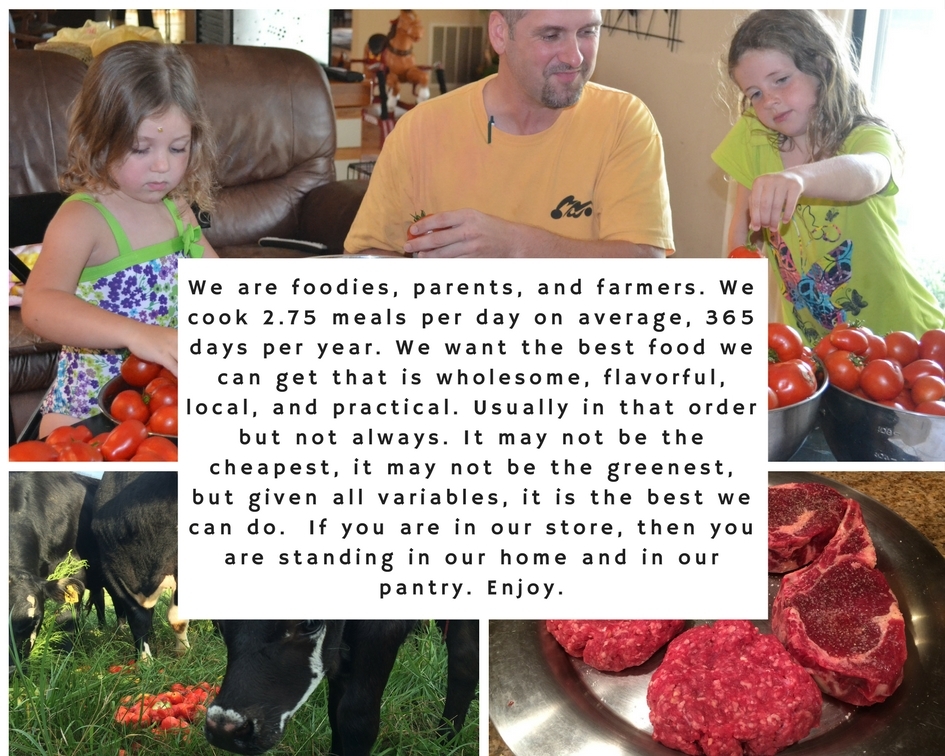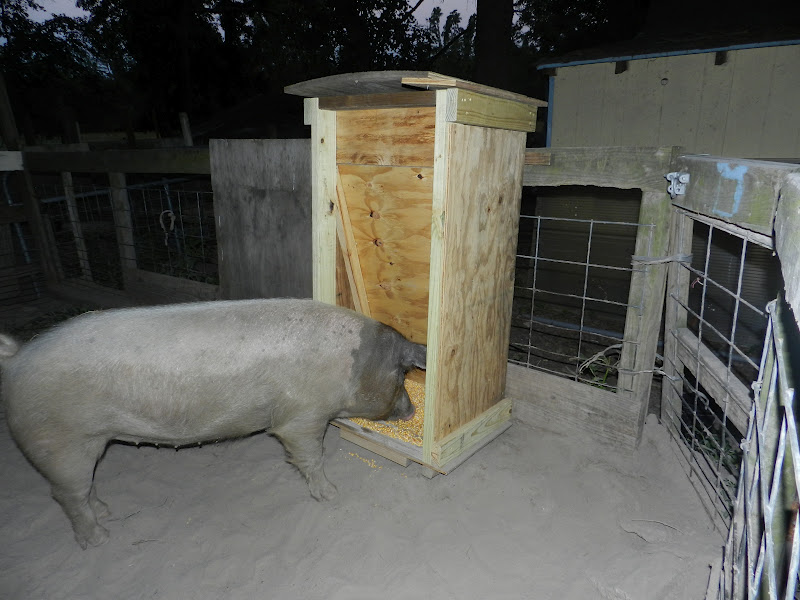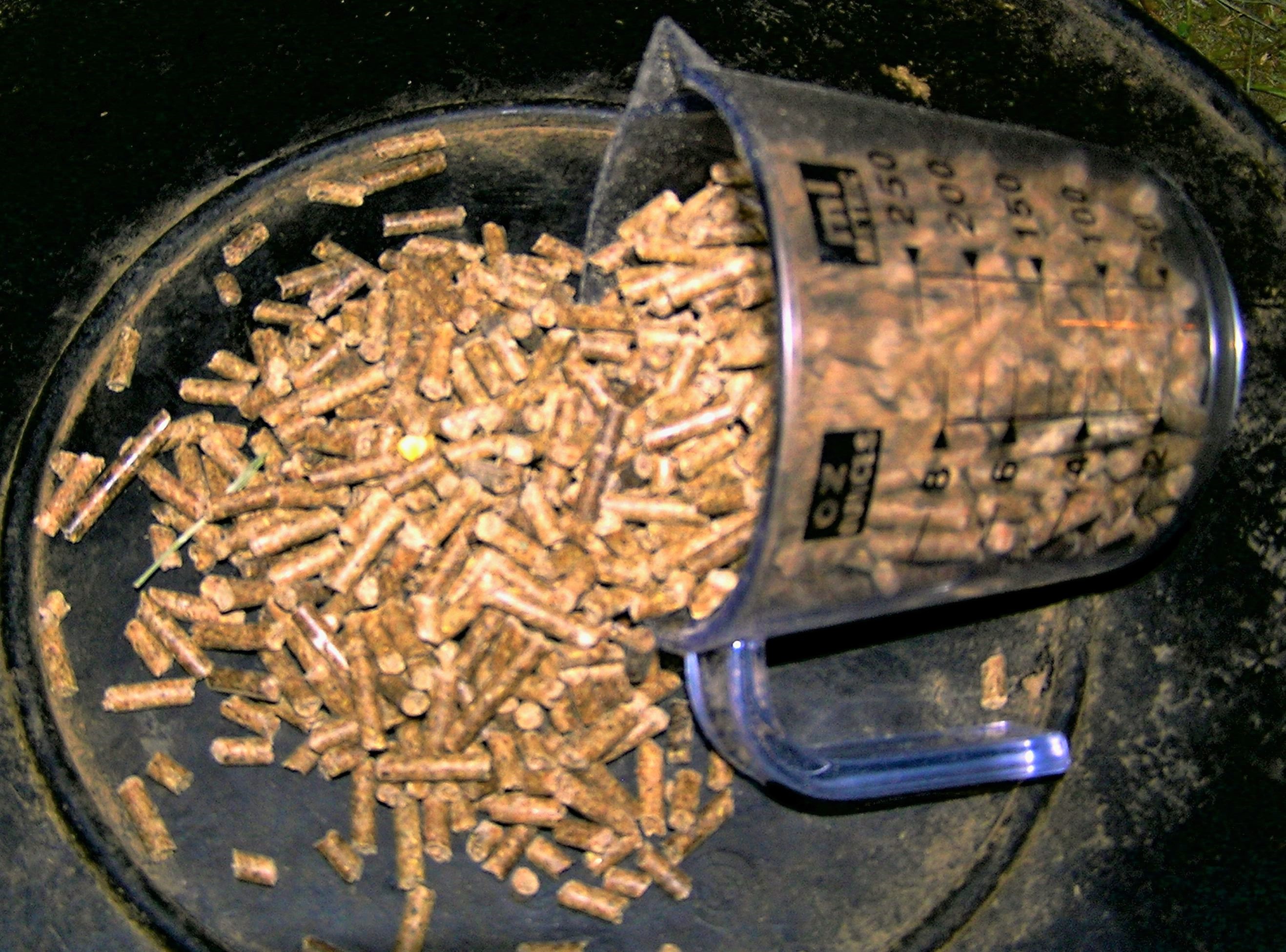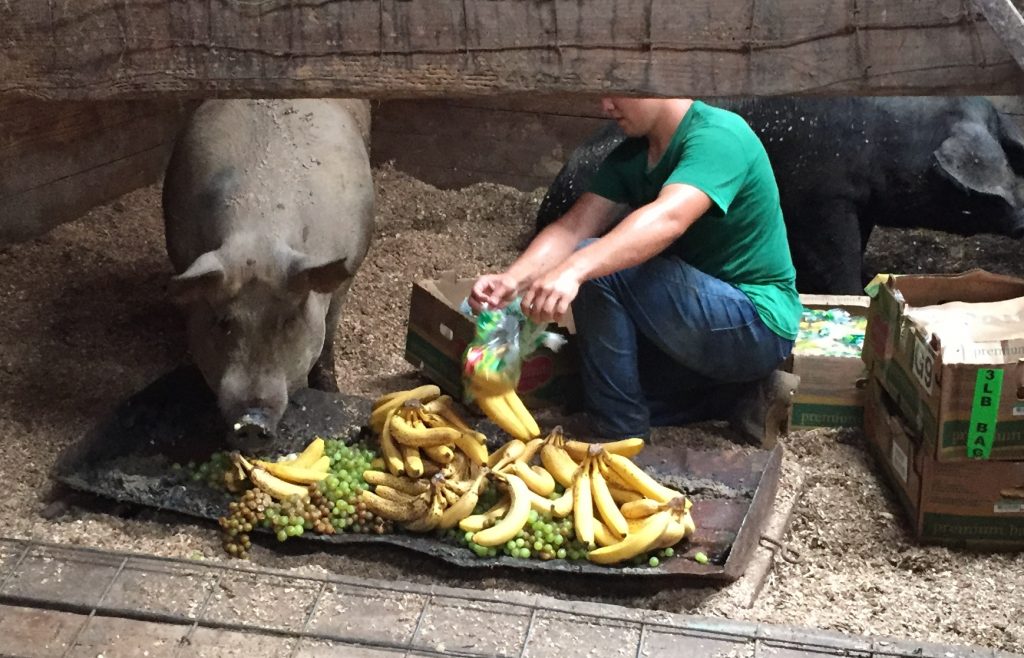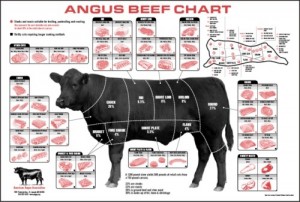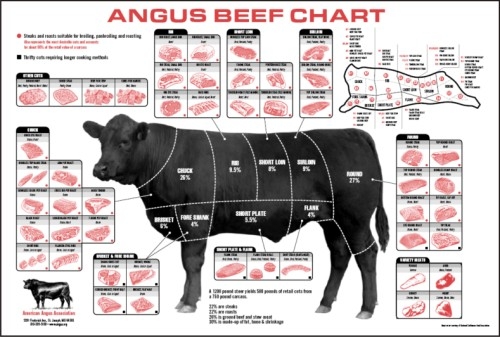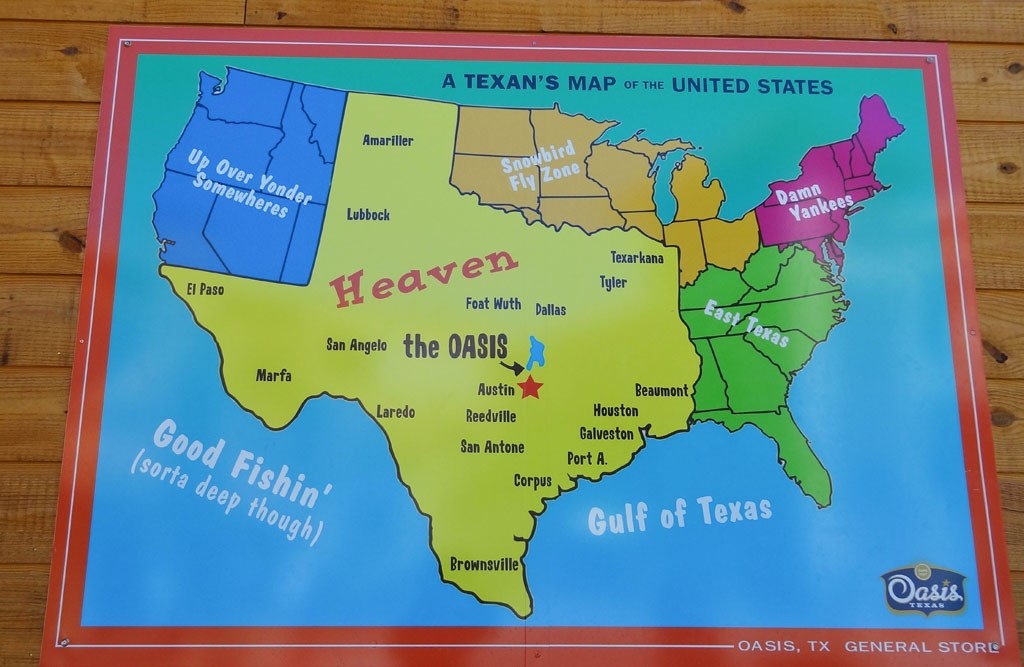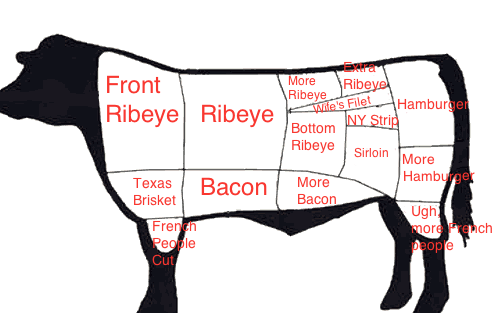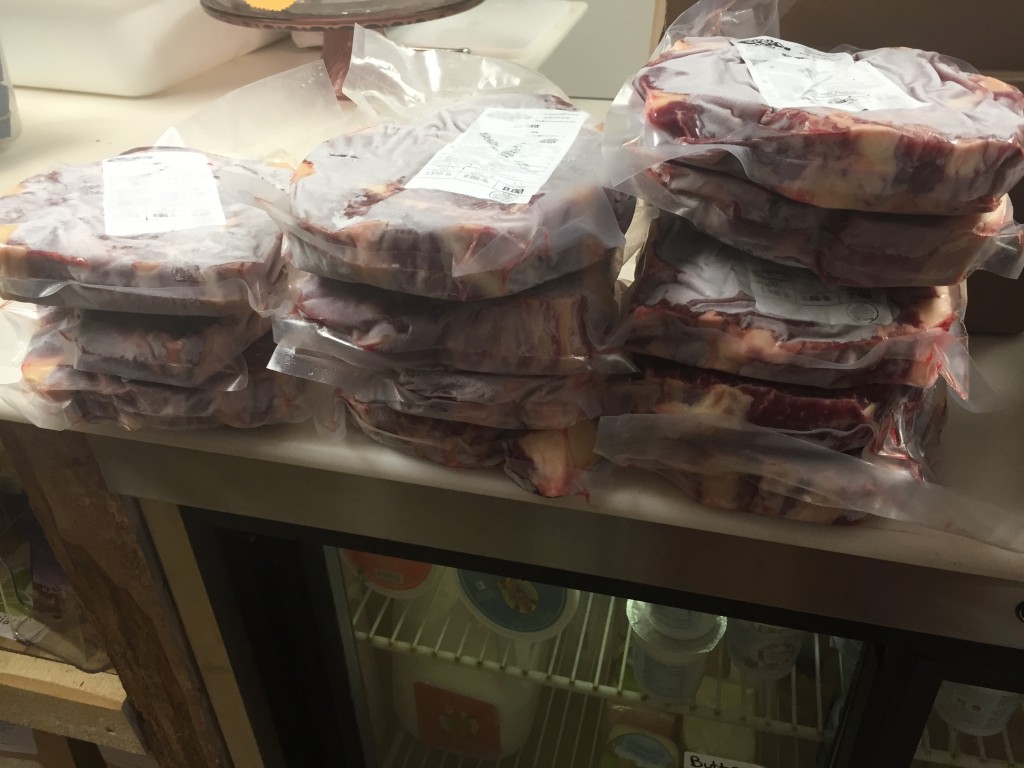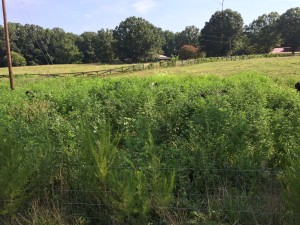This is by far the most read post on our website. We get thousands of hits on it. This post was originally written in 2014. I’ve gone through and updated it to be current in 2017 and reposted it.
I talk to a lot of people who are overwhelmed by all they’ve learned about processed food, local food, organic food, etc. They arrive at our farm trying to find food they are comfortable with but they aren’t even sure what questions to ask. Luckily CFSA has posted a list of questions to ask your farmer that should help you narrow down your search for real food.
In addition to posting the link, I thought I’d answer for our farm here for anyone who discovers us.
BASIC:
1. Why do you farm? Good Lord! That’s a doozy, and the first question too. Because I’m dumb/crazy enough to? People ask what we produce here on our farm, and my answer is, “losses.” I grew up on this farm. I moved here when I was seven. My father had grown up on the family farm in Flat River, NC, near Roxboro and he wanted to return to his roots. In researching my lineage, I found that our family has been farming in Flat River since 1793. I guess it’s in my blood.
Beyond that, I enjoy farming, especially since we don’t do it conventionally. We live on our farm, and we eat what we produce, often more than we sell. Like many of our customers who have young children and decided they wanted to have healthy food for them, we did the same. As our kids came along, we got into producing a product that we were happy feeding them. As a byproduct, we produce healthy, sustainable product that we are happy to feed to your kids too. The best thing I can say about our product is that you’re eating out of our freezer. My number one customer is still my wife.
2. How do you decide which products to grow? We base it off of demand, and what we can grow sustainably on our farm. I’ve been offered sheep for free which I refused because we didn’t have the carrying capacity on our farm for them and the cows. I’ve been questioned about goats, which are verboten on our farm. I’ve had goats before, never again.
Currently we raise cows, because I like cows and that’s really our main product. We also raise pigs because they do well in the woods and about half of our farm is wooded. Otherwise half of our farm would go unused or we’d have to log it. Plus we can turn pigs in about 8 months, vs. 2 years for cows so it’s a quicker turn around on our investment. Lastly for pigs, I REALLY love our pork so even if we went 100% to cows, I’d still keep a few pigs on the farm for our family.
3. What kind of fertilizers do you use? We use no commercial fertilizers, nor organic ones. Our program is all about building soil health, not about applying a band-aid to resolve a problem. If we build the soil health, we don’t need fertilizer. We are into our fifth year of building soil and have over 3″ of topsoil, which is up from the 1/8″ when we started.

We feed produce daily (from the farmers market) and much of that produce goes back into the soil either through a byproduct of ingestion by our animals (poop) or by direct contact with the soil (biodegradation). Fresh produce is the only thing we add to our farm and we bring variable amounts in every day, depending on the season. Since 2014 we’ve brought in over 19 million pounds of produce to our farm! That means we diverted from the landfill 19 million pounds of organic material where it instead goes into our soil every year. Obviously much of it is water in the produce but we are still adding quite a bit of actual organic matter to our soil.
4. How do you deal with your weeds? insects? diseases? We encourage insects. We do not deworm our cattle or pigs unless they are showing signs of distress. We will then do a fecal analysis and see if worming is warranted and if so, we will then deworm.
Dewormers cause cow poop to be toxic to bugs which means we have poop that stays on the ground as dried up patties rather than being turned back into the soil by the big and little critters. We rotate our cows with daily paddock moves. It takes about 30 days for the cows to make a lap of the farm. By the time they make a lap, the poop from last time is gone. When we wormed cattle, those patties would stay for months.
For weeds, when we have an area that is growing something we don’t like (thistle, bitter weed, etc.) we make sure that is the area where we drop off our produce for the day. This causes a few things. One, the soil is disturbed by the high impact of cattle as they feed. As the cattle do their thing, they poop, pee, and spill a lot of produce which is then trampled into the ground. The end result is a bare patch that has high concentrations of manure, urine, and organic matter. We’ve just changed the soil biology in that spot, which will result in a more favorable plant growing there.
We do not seed an area like that, we let nature decide what is optimized to grow there. Most often, it’s the grass that we want. If it’s not, then we wash, rinse, repeat till it is. If weeds are what comes back up, then we needed more soil health in that patch of soil. Not better grass seed.
For diseases, you can look at what we did with Benjamin when he was sick. There are multiple posts about what we did to treat him, including showing what drugs we gave him. If our animals are sick, we will treat them with whatever medical science says can make them better. If they survive their illness, we will most likely cull them from our herd and not use them for future needs. Not because we have an issue with medications, but because we don’t want their genetics in our herd. Had Benjamin lived, we would have sold him to someone else.
5. Do you grow all the products that you sell? I’m proud to say that we do not.
Many small farms try to be all things in the beginning. You get some chickens (the gateway drug to farming), then add a farm dog to ride in the farm truck of course. Then a miniature milk cow, or milking goats. Then a couple of pigs, then meat goats. Then a donkey because somebody heard a coyote, then some alpaca, or turkeys, or geese, or ducks. You get the idea. When I go to a farm and see that there are two of everything, I see a farmer who is running a zoo, not a farm. There’s nothing wrong with that but as time passes, most farmers will find the animals they work best with and focus on that.
We’ve had goats, different breeds of cattle, meat chickens, etc. We’ve returned to our roots with our current cattle and we’ve added pigs. Everything else is gone or going away.
We can focus like this because we’ve instead partnered with over 40 other small family farms (as of 2017) like us who are really good at what they do. For our poultry and rabbit, we work with Brittany Ridge Farm (who supplies The Chef and the Farmer and has been on the show). Buck Naked Farm handles our bees on our farm. They provide our honey, candles, soaps, jams, lotions, and whatever else they craft up. She’s always tinkering with a new product. Jennifer from Buck Naked is also my master marketer and helps me set up our store so it looks presentable. We also have lamb farmers, dairy farmers, goat farmers, etc. Most of the products we sell are detailed on the links at our product page. However some of the stuff comes and goes so fast it doesn’t make it to the page, so stopping in the store to browse is the best idea.
We are always looking to add new farms to our store because it gives our customers more choice, and more reason to come see us. The requirements are that they be sustainable, small family farms, and something that compliments our existing products and farmers.
6. Do you have any recipe recommendations/suggestions? We have an entire recipe page full of recipes. My favorite to share is our recipe for cooking steaks.
LIVESTOCK:
1. What type of livestock do you manage? Cattle, pigs, chickens, and bees. The cattle are baldy Angus. The pigs are various heritage breeds, mostly Large Black and Chester Whites. We do have Berkshire as well. The bees are Italian honey bees.
2. How do you feed them? What do you feed them? Do you use organic feed? We feed everyone except the chickens grass, produce, sunshine, and water. The bees pretty much feed themselves. We do give them honey/supplement in the winter.
3. Do you use hormones? antibiotics? Nope! Unless we have a sick animal, but that was addressed previously.
4. Do you provide them with access to the outdoors? Are they pasture based, free range, or confined? The real question is do we allow them indoors? For the chickens, yes we do. They have a coop where they come and go as they please. Everybody else spends all their time outdoors. Our barns don’t have areas for animals, everyone stays on pasture or in the woods.
5. How do you process your animals? Do you do it or does someone else? We process some pigs for our own use and we did process a cow once. If you are buying from us, your product was processed in a USDA inspected facility. If it’s beef, it will be Chaudhry’s in Siler City. If it’s pork it will be Dean Street Processing in Bailey.
